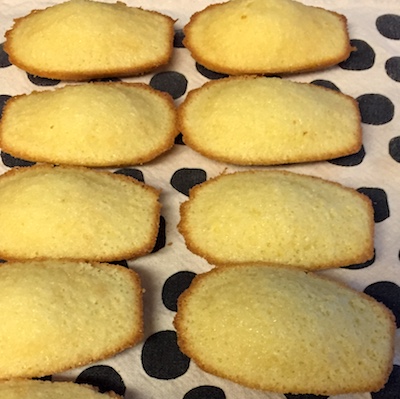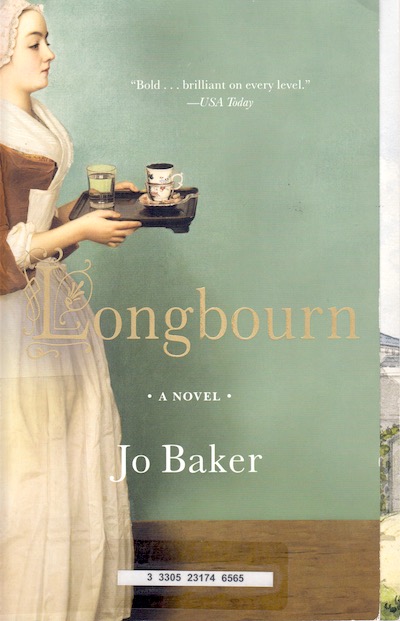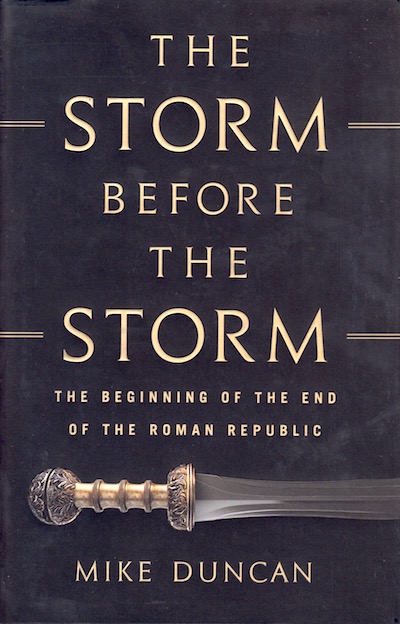Power, having it and keeping it, is about tradeoffs. You are ultimately serving other people, and you need to remember that. That means, though, that you give up something of yourself, something of who you are. You are no longer wholly in control of what you do. You have to compromise; furthermore, if you want people to actually follow you, you cannot betray the trust that you will do what is the best for the them.
That’s what A Nation Under Our Feet is about. T’Challa is back from a stint with the Avengers, and his absence has lost his people. Of course there are people who want to take advantage of that.
This is the third book in the series, and it was totally worth my time. It made me think – because what are superheroes if not a meditation on power? This series realizes that and isn’t shying away from it. Recommended, especially reading all three volumes (18 issues, I think) in one sitting.








